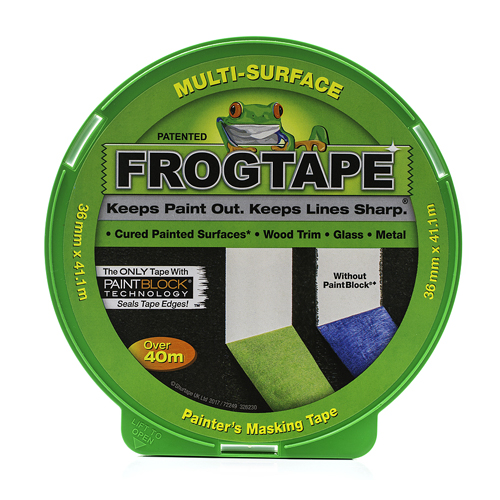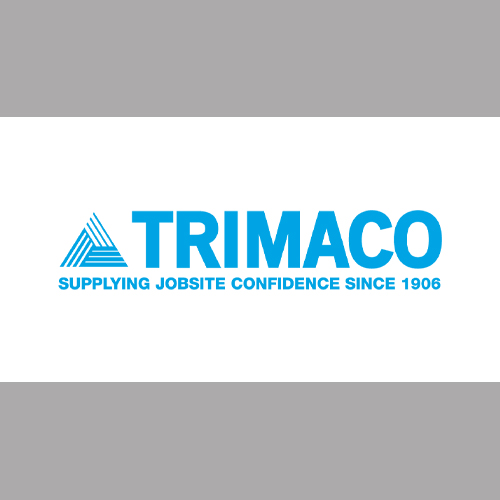Always buy more painter’s tape than you think you need to avoid an additional trip to the store. Be well prepared with extra paintbrushes and rollers to make sure you have the right tools for every aspect of the job. An extension bar is essential for vaulted walls and painting ceilings. It also allows you to stand away from the wall which will certainly prevent paint spatters from wrecking your clothes. Incorporate some old painting clothes and shoes accessible for your projects to avoid expensive replacements.
The paint kit often consists of a paint tray or roller tray. The paint trays work closely with reusable or disposable paint tray liners. Rinse the liners out afterward for convenient reusability. Opt for a 5-gallon bucket which includes a screen grid to remove excess paint coming from the paint roller.
The multi-purpose paint tool is essential in a paint kit. This is often utilized for applying putty or glaze, getting rid of caulking, cleaning paint roll covers, scraping paint, driving nails and also pulling nails. Lastly, don’t overlook your safety goggles, especially if you are painting overhead or utilizing spackle. Paint is filled with chemicals and can be harmful to the eyes.
Which Paintbrushes Do You Require?
Choosing your paintbrushes diligently can save your whole project. Synthetic-bristle, nylon paintbrushes are perfect for latex applications. Natural bristle paint brushes, on the other hand, are better for oil-based products including stains, varnishes and oils.
Not every paint roller covers are designed equally. Check for different naps and textures depending on your application. Rely on shorter naps for smooth surfaces, unless you would like to apply a texture to the wall. Stucco and irregular surfaces perform best with longer naps.
A paint pot is wonderful for applying smaller quantities of paint as opposed to working out of the large paint can. This is superior to dipping your brush into the can frequently, which could introduce fuzz and a host of impurities. Transport some paint into your lightweight paint pot and enjoy the freedom of the wider dipping surface and better accessibility. Carefully dip half of your bristles into the paint to properly load your paintbrush. Avoid dripping paint problems by holding your paintbrush at an angle. As you apply paint, the friction from the wall will draw paint from the paintbrush.
Check Out These Painting Tricks and Tips
Mix your paint a lot better by drilling some holes into the paint stir stick to start with. When you cut-in with a paintbrush and then use a roller for the remainder of the wall, “hat-banding,” may result. If you do not roll in close proximity enough to the ceiling, you will notice a distinct texture relating to the trim and the ceiling. However this is prevented if you use your paint roller to get as close to the cut-in areas as possible. To protect against a half-used paint can from drying out, simply put old golf balls inside to take up excessive air space.




